Eye health is something many of us take for granted, especially considering the amount of strain we put them under in modern society, with activities so often involving excessive screen time.
It’s clear that the modern diet isn’t always the healthiest either; couple that with the aging process and it becomes more apparent than ever that focusing on a healthier diet could be of significant benefit to our eye health, eyesight, and overall wellbeing.
So, what are generally considered to be some of the best foods for eye health? Read on to find out what to eat to help keep your eyes as healthy as possible.
For guidance on portion sizes please refer to The Eatwell Guide from the NHS.
Eggs
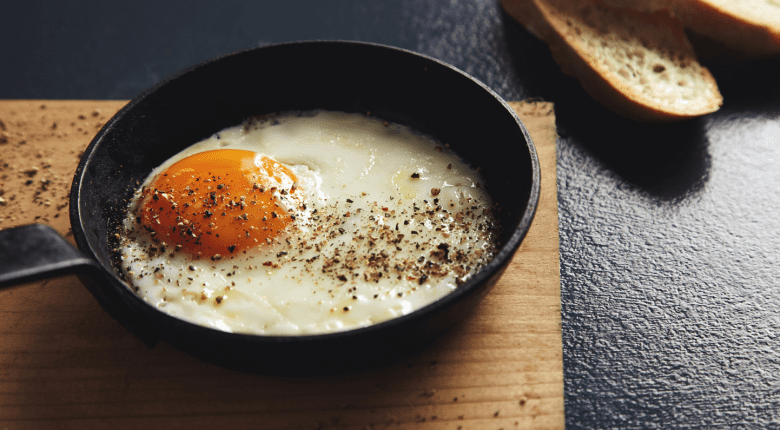
How do you have your eggs in the morning? Of course, you don’t have to consume eggs first thing if you don’t have time, or just can’t stomach them as soon as you rise. Eggs contain lutein and zeaxanthin which accumulate in the macular pigment of the eye.
This pigment is a sort of “sunscreen” designed to protect the light detecting cells in your eyes. Many take these nutrients (along with meso-zeaxanthin) as part of a relatively expensive supplementation regime, especially after they featured in highly regarded BBC series ‘Trust Me, I’m A Doctor’ where they were specifically recommended for macular health.
There is also a belief that these macular carotenoids help to reduce the risk of age-related sight loss but this is unproven. Eggs are also good sources of vitamins C and E, and zinc, all thought to be beneficial nutrients to eye health.
Leafy green vegetables
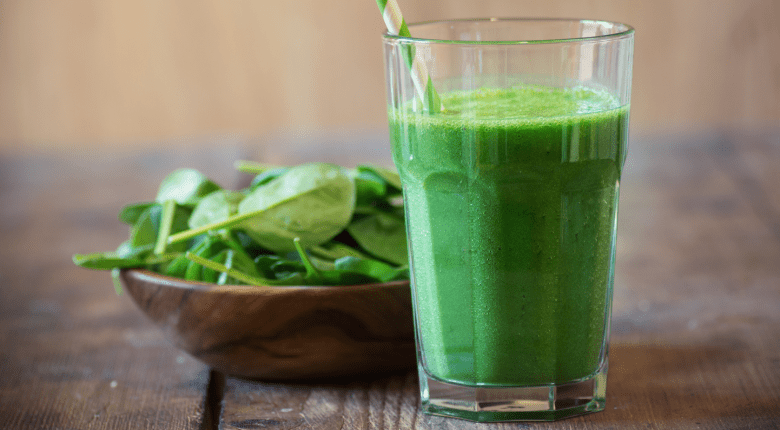
Also rich in lutein, zeaxanthin, as well as vitamin C, are the leafy greens your mother did her best to make you eat. She had an eye for the good stuff when it comes to optical health, with cabbage, trendy kale and spinach ranking well here.
Kiwi Fruit
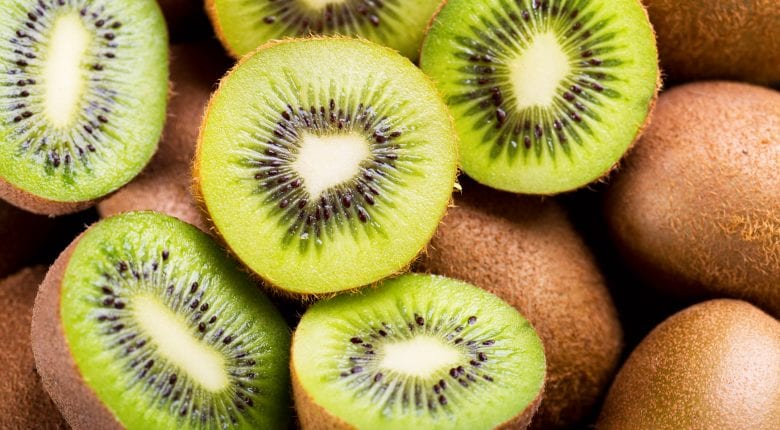
Another one in the lutein and zeaxanthin category, Kiwi fruit has long been touted as a “superfood” and is a tasty consideration as part of a healthy diet and ocular nourishment in particular. What’s more, kiwi will keep for up to 40 days in the fridge, and you can double that total when keeping them in a Liebherr BioFresh compartment.
Carrots
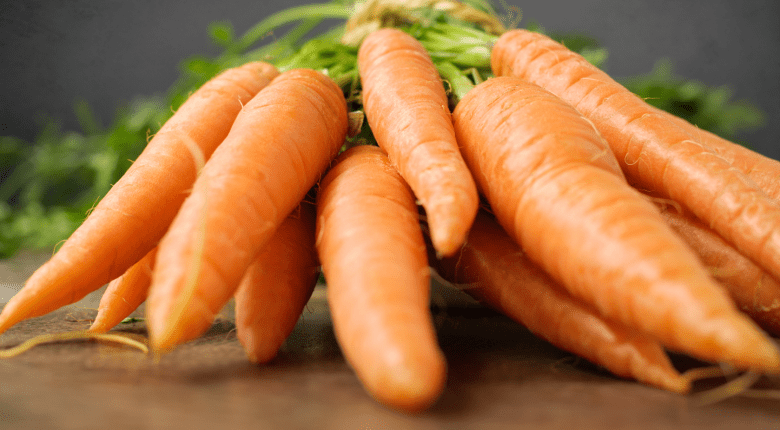
You almost certainly expected carrots to make an appearance in an article about eye health, and for good reason. Carrots contain an abundance of both vitamin A and beta-carotene (which provides the famous orange colour of course). Vitamin A plays an essential role in vision and is a component of a protein called rhodopsin which aids the retina’s absorption of light. If you’re not keen on carrots, try sweet potato instead for an alternative source of beta-carotene along with vitamin E.
Beef

You may be surprised to see meat on the “menu” when it comes to eye health but beef is a great source of zinc which has been linked to better long-term eye health. Zinc is also claimed to support the delay of age-related sight loss and macular degeneration as well as having potential for optic nerve treatments.
The eye itself contains high levels of zinc, particularly in the retina, as well as the vascular tissue surrounding the retina.
Oranges & Lemons
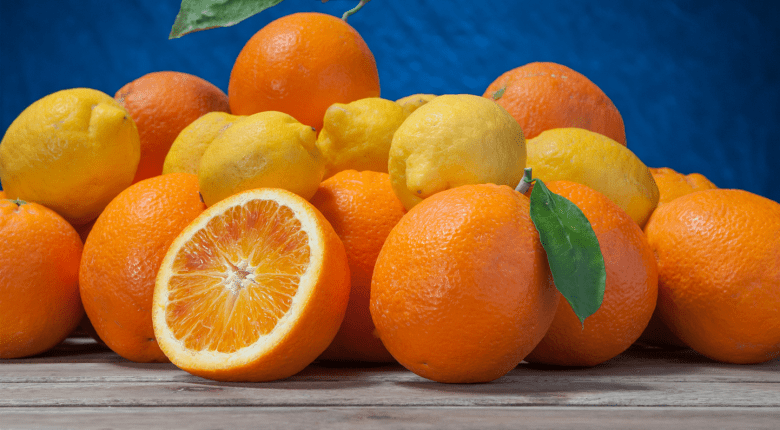
Citrus fruits are rich in vitamin C which is an antioxidant believed to help in the fight against age-related eye damage. Grapefruits are another good source.
Walnuts
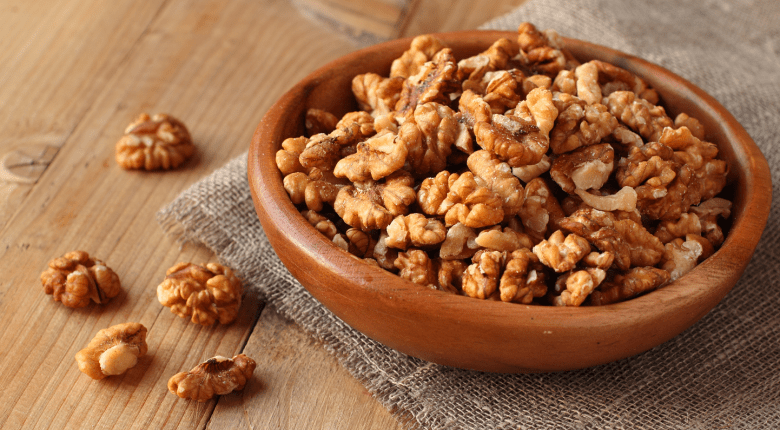
Walnuts are a great source of omega-3 fatty acids
Walnuts are an excellent source of omega-3 fatty acids as well as containing high levels of vitamin E, which are believed to help protect the eye from age-related damage. The omega-3 fatty acid known as DHA may help preserve vision, relieve dry eye and chronic inflammation of the eyelids.
Many steer clear from nuts because of the high calorie content, but this is relative. The calories are of high quality according to the British Nutrition Foundation when compared with so-called empty calories and, when the correct portion is consumed, nuts can form part of a balanced calorie-controlled diet. Always refer to the product packaging for portion guidance.
Fish
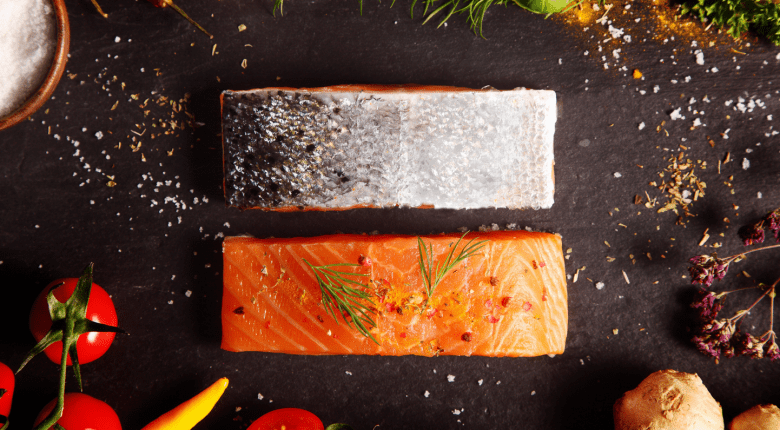
Salmon is rich in omega-3 fatty acids
Another top source of omega-3 fatty acids is fish which has long been held as a staple for a healthy diet and the government currently recommends eating two portions of oily fish a week. The best sources for omega-3 are tuna, salmon, trout, mackerel, sardines, anchovies and herring. Fresh fish storage time is generally up to 1 day in the fridge, but this can be extended to up to 4 days in a Liebherr BioFresh-Plus compartment.
You can also try hemp, chia and flax seeds for an omega-3 hit.
Water

Less blinking leads to drier eyes
How many times have you blinked whilst reading this article? Blinking less produces fewer tears which can result in dry eye conditions. Keeping hydrated may help with dry eyes, a modern scourge exacerbated by excessive screen time. Also considering increasing the amount of water-rich foods in your diet, such as cucumbers, tomatoes, and melons.
Are there any foods not featured in this article that you believe help your eyesight? Feel free to comment below or get in touch with us on Facebook and Twitter! We’re also on Instagram and Pinterest.
Please be advised that this list is not exhaustive and does not constitute medical advice. Always consult a medical professional before making any changes to your diet.